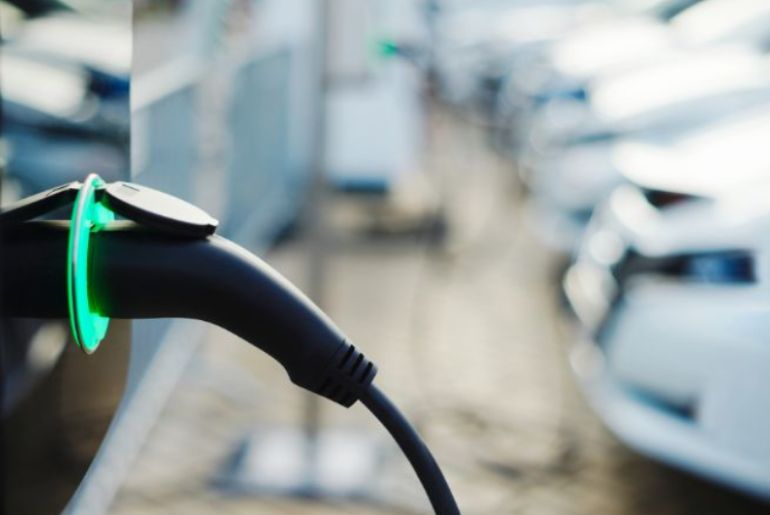The Need for a Closer Alliance Among Stakeholders
As India strides towards electrifying its transportation sector, the growth of Electric Vehicle (EV) charging infrastructure has become a demanding component. The government’s pioneering goal of achieving 30% EV penetration by 2030 necessitates a strong and cohesive charging ecosystem. However, the current landscape reveals a fragmented industry, underscoring the need for a closer alliance among stakeholders.
Challenges in India’s EV Charging Infrastructure
1. Standardization: Lack of standardization in charging protocols, connectors, and payment systems hinders interoperability.
2. Scalability: Insufficient charging stations, particularly in rural areas, limits EV adoption.
3. Infrastructure: Inadequate power supply, land availability, and civic clearances delay installation.
4. Financing: High upfront costs and limited access to funding constrain charging station utilization.
5. Regulatory Framework: Uncertainty in policies, guidelines, and incentives affects funding.
Stakeholders in India’s EV Charging Ecosystem
1. Government: Policy makers, regulators, and public sector undertakings.
2. EV Manufacturers: Original Equipment Manufacturers (OEMs) and startups.
3. Charging Station Operators: Public and private companies.
4. Power Utilities: Distribution companies and transmission operators.
5. Financial Institutions: Banks, investors, and venture capitalists.
Benefits of a Closer Alliance
1. Standardized Solutions: Unified charging protocols and payment systems.
2. Economies of Scale: Collective attainment and deployment of charging infrastructure.
3. Optimized Network Planning: Coordinated installation and maintenance.
4. Enhanced Customer Experience: Seamless charging and payment processes.
5. Increased Investment: Confidence in a cohesive ecosystem attracts funding.
Alliance Models for India’s EV Charging Ecosystem
1. Public-Private Partnerships (PPPs): Collaborative projects between government and private entities.
2. Industry Associations: Forums for knowledge sharing, standardization, and advocacy.
3. Joint Ventures: Strategic collaborations among EV manufacturers, charging operators, and power utilities.
4. Consortium-based Funding: Collective investment in charging infrastructure.
Global Best Practices
1. Europe’s Charging Infrastructure Alliance: A collaborative effort among OEMs, charging operators, and governments.
2. China’s EV Charging Standardization: Mandatory national standards for charging protocols and connectors.
3. USA’s EV Charging Corridors: Interstate initiatives for coordinated charging infrastructure development.
Recommendations for India
1. Establish a National EV Charging Standardization Authority.
2. Develop a Unified Charging Payment System.
3. Create a Public-Private Partnership Framework.
4. Form Industry Associations for Knowledge Sharing.
5. Provide Incentives for Consortium-based Funding.
Conclusion
A closer alliance among stakeholders in India is demanding for overcoming current challenges and attaining the government’s pioneering EV targets. By adopting global best practices, promoting alliance, and implementing standardized solutions, India can establish a strong and cohesive charging infrastructure. This will not only boost EV adoption but also contribute to a sustainable transportation future.

